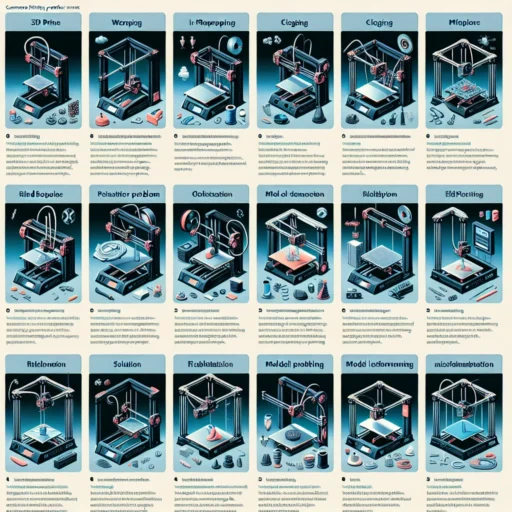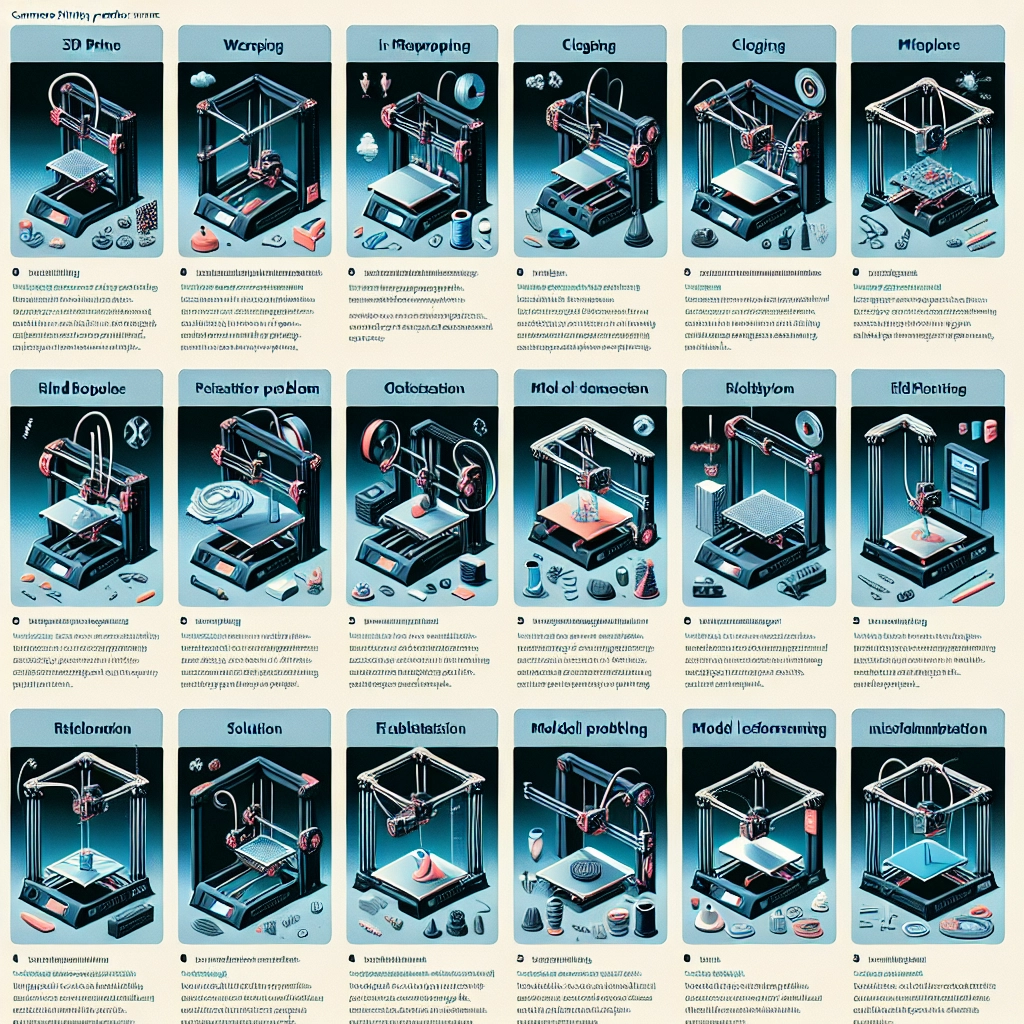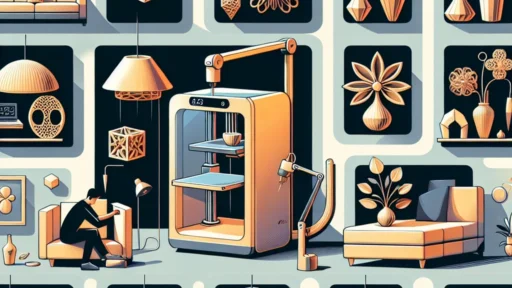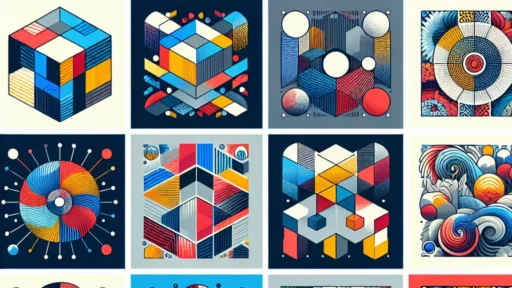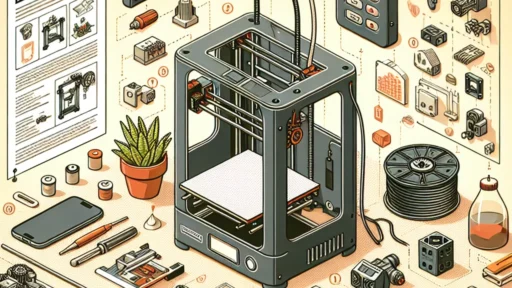Tips for Troubleshooting Common 3D Printing Issues
3D printing can feel like magic—turning a digital design into a tangible object in just a matter of hours. But, like most magical experiences, it’s not always smooth sailing. If you’ve ventured into the world of 3D printing, you may have encountered some pesky problems along the way. Don’t worry! Here’s a handy guide to troubleshoot some of the most common issues that might crop up during your printing adventures.
1. Warping
Ah, warping! That annoying battle most 3D printers face, especially when printing with materials like ABS. Warping occurs when parts of your printed piece lift off the build plate as they cool, resulting in a less-than-perfect final product.
Tips to Resolve Warping:
- Temperature control: Ensure the build plate is heated to the appropriate temperature for your material. A heated bed can help keep the model adhered to the print surface.
- Use adhesion aids: Consider using glue sticks, painter’s tape, or specific print surfaces like PEI sheets, which help keep things in place.
- Print orientation: By adjusting the orientation of your model, you can minimize the surface area in contact with the build plate and reduce the chance of warping.
2. Under-extrusion
Nothing’s worse than watching your 3D print start out strong only to be left with gaps and ugly layers—yikes! Under-extrusion happens when the printer isn’t getting enough filament to create a solid layer.
Fixing Under-Extrusion:
- Check your nozzle: A clogged or partially blocked nozzle is often the culprit. Cleaning it out can work wonders!
- Filament quality and condition: Ensure your filament hasn’t absorbed too much moisture and is still usable. Moist filament can lead to all sorts of problems, under-extrusion included.
- Extruder calibration: Regularly calibrate your extruder to ensure it’s delivering the correct amount of plastic. You can do this by measuring the actual filament that’s being extruded against the desired amount.
3. Layer adhesion issues
When layers of your print aren’t sticking together, it can lead to a weak structure. This can happen for a few reasons, including printing too quickly or with incorrect temperatures.
How to Fix Layer Adhesion Issues:
- Increase temperature: If your prints aren’t sticking together, try bumping up the print temperature slightly. This can enhance layer bonding. Just keep an eye on the overall quality to avoid other issues!
- Slow it down: Reducing the print speed allows more time for the filament to fuse together properly. It might take a bit longer, but you’ll be grateful for the sturdiness!
4. Stringing
If your finished prints look like they’ve been visited by a spider, you’re dealing with stringing. This happens when excess filament oozes and creates thin strands or ‘strings’ between parts of your print.
Solutions to Reduce Stringing:
- Retraction settings: Adjust your retraction settings in your slicing software. Increasing the retraction speed and distance can drastically reduce or eliminate stringing.
- Temperature adjustments: Lower the print temperature slightly. Hotter temps can increase oozing, which leads to unsightly strings.
- Print settings: Some slicers have options like "coasting" or "Z-hop" that can also help mitigate the stringing issues.
5. First layer problems
The first layer is arguably one of the most vital, as it sets the foundation for the entire print. Issues can manifest as poor adhesion, uneven layers, or a rough surface.
First Layer Fixes:
- Level your bed: A level print bed is essential. Use a piece of paper to help set the correct distance between the nozzle and the print bed.
- Clean the bed: Ensure the build surface is clean! Oils or dust can prevent your first layer from adhering properly.
- Adjust the speed: Slow down your print speed for the first layer—this helps with adhesion and gives you a great base to build on!
Embrace the Learning Curve
Remember that troubleshooting is a normal part of the 3D printing process. Each failed print can teach you something new, helping you grow your skills and understanding of this fascinating technology. Don’t get discouraged; every successful print is a step toward mastering your craft! Embrace the imperfections, experiment with settings, and before you know it, you’ll be printing flawless designs like a pro. Happy printing!


